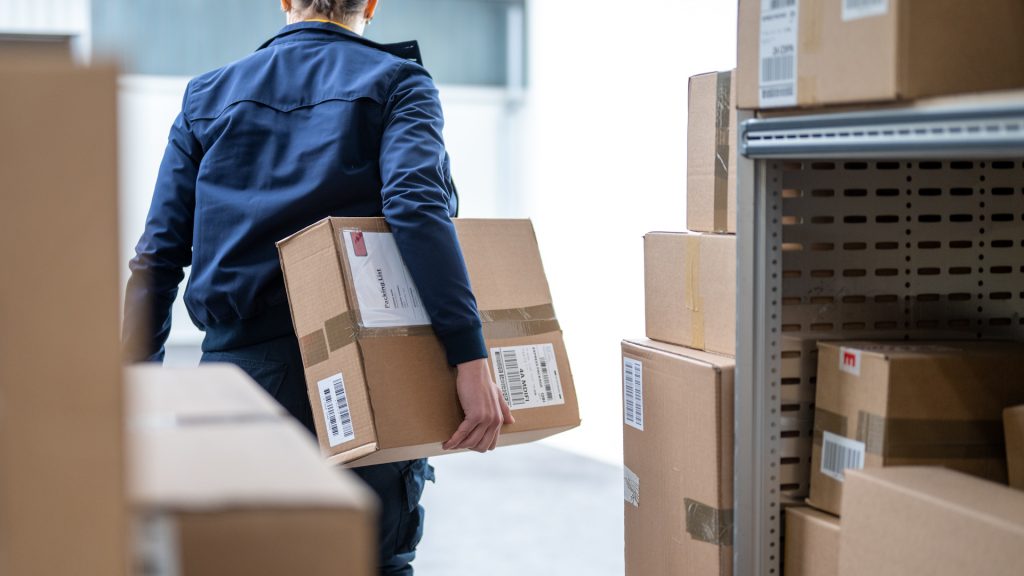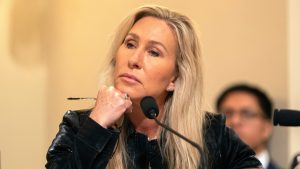Some retailers ditch free shipping as tariffs drive up costs

Free shipping — once a standard perk of online shopping — is disappearing from some retailers’ websites, while others raise the spending threshold needed to qualify. Rising costs tied to new tariffs are driving companies to pass those expenses on to consumers.
What’s behind the shift?
On Wednesday, June 11, President Donald Trump declared on Truth Social that the U.S. and China had come to an agreement on tariffs.
“OUR DEAL WITH CHINA IS DONE, SUBJECT TO FINAL APPROVAL WITH PRESIDENT XI AND ME…WE ARE GETTING A TOTAL OF 55% TARIFFS, CHINA IS GETTING 10%,” Trump wrote on his social media platform.
Despite the announcement, the effects of the tariff skirmish are already rippling through the retail world.
Retail giants including Walmart, Shein, Temu, Target and Costco have raised prices in response to the Trump administration’s latest round of tariffs, announced in April. Some have also asked suppliers to absorb part of the cost.
How are smaller retailers reacting?
For smaller, direct-to-consumer brands, the answer has often been to modify or eliminate free shipping offers.
Anisa Kumar, chief executive of retail-technology provider Narvar, told The Wall Street Journal: “Small businesses that sell directly to consumers online are tinkering with their free shipping thresholds to counteract rising expenses without increasing prices.”
According to Narvar, the average minimum order value to qualify for free shipping rose to $103 in 2024, up from $82 in 2023.
What are some examples?
One example is Modern Picnic, which sells lunchboxes. It recently raised its eligibility for free shipping from $150 to $300, calling it a tough decision. The shipping fee is now $15 for orders under $300.
“We just had to offset these increases somewhere and the shipping seemed to be one of the more logical places,” company founder Ali Kaminetsky told the Journal.
Another example is the orthopedic shoe company KURU Footwear, which recently offered customers a choice: sign up for its loyalty program to receive free shipping or pay $8.99.
Will there be customer backlash?
Some experts believe that customers will stop buying as much. Satish Jindel, president of shipping analytics firm ShipMatrix, warned that the lack of free shipping is a major reason shoppers abandon their carts.
“To not have free shipping with any threshold is a recipe for a serious decline in sales,” he said.
Still, some brands say the impact has been manageable. Toy brand Lovevery, for example, eliminated free shipping in the U.S. and reported little customer attrition after conducting market research on cost-saving options.
What does shipping cost now?
According to the Journal, the average cost to ship a package is $12.50. That’s up $3 from 2019. Major carriers like UPS and FedEx have raised their prices this year by nearly 6%.
Meanwhile, Amazon continues to offer free shipping on most orders over $35, keeping customer expectations high, even as its competitors scale back.





